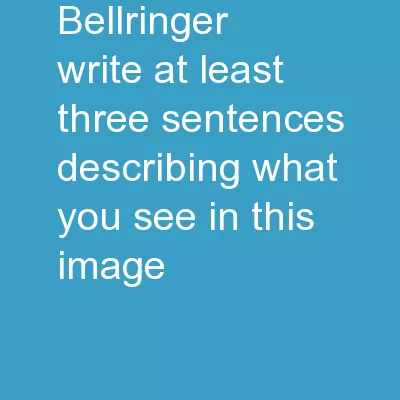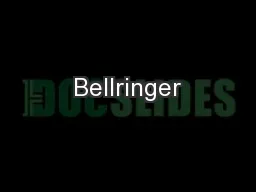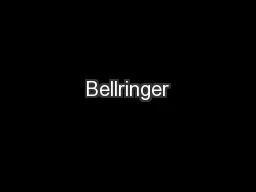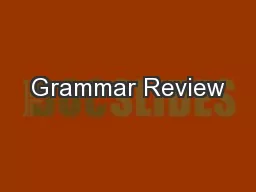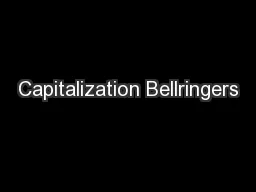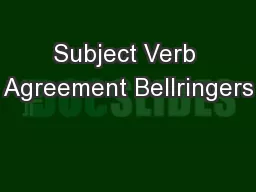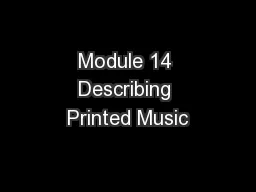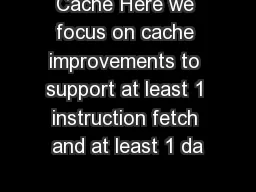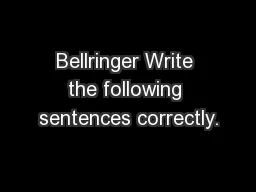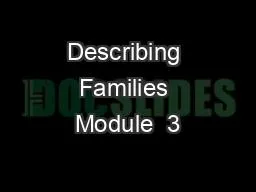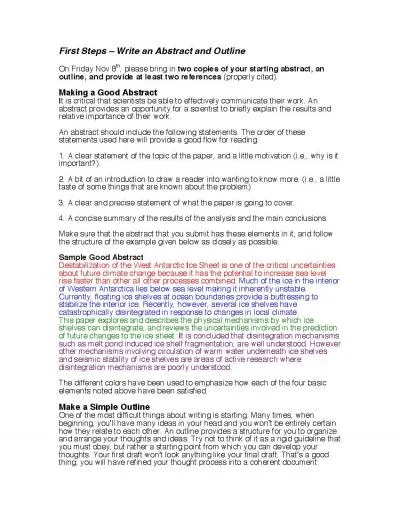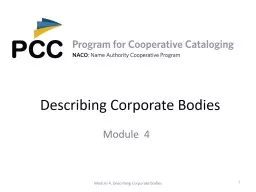PPT-Bellringer Write at least three sentences describing what you see in this image.
Author : lois-ondreau | Published Date : 2018-12-16
The Charge of the Light Brigade By Alfred Lord Tennyson I Can Determine an authors purpose for utilizing literary devices 910RLCS5 Analyze how an authors choices
Presentation Embed Code
Download Presentation
Download Presentation The PPT/PDF document "Bellringer Write at least three sentence..." is the property of its rightful owner. Permission is granted to download and print the materials on this website for personal, non-commercial use only, and to display it on your personal computer provided you do not modify the materials and that you retain all copyright notices contained in the materials. By downloading content from our website, you accept the terms of this agreement.
Bellringer Write at least three sentences describing what you see in this image.: Transcript
Download Rules Of Document
"Bellringer Write at least three sentences describing what you see in this image."The content belongs to its owner. You may download and print it for personal use, without modification, and keep all copyright notices. By downloading, you agree to these terms.
Related Documents

